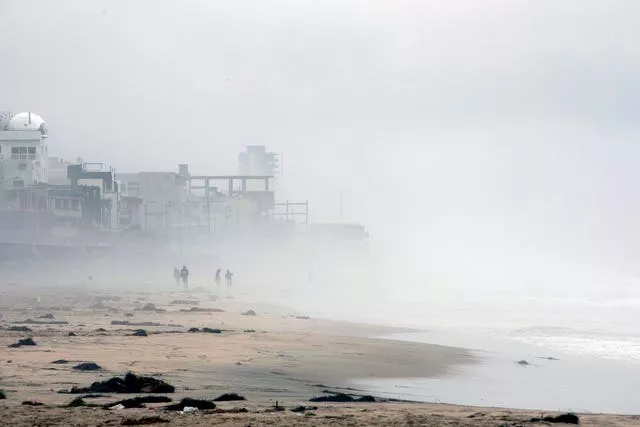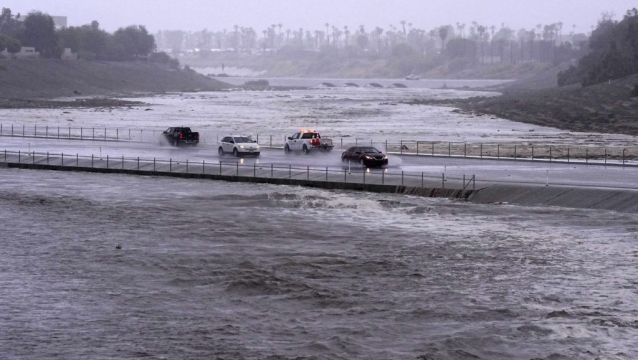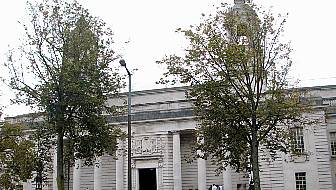Tropical Storm Hilary inundated streets across Mexico’s arid Baja California peninsula with deadly floodwaters on Sunday before moving over Southern California.
The storm swamped roads and downed trees across the state as concerns grew that flash floods could strike in places as far north as Idaho.
Forecasters said Hilary was the first tropical storm to hit Southern California in 84 years, bringing floods, mudslides, high winds, power outages and the potential for isolated tornadoes.
The storm dumped more than 15 centimetres of rain in some mountain communities and threatened more than an average year’s worth of rain in inland desert areas.
Hilary made landfall along the Mexican coast in a sparsely populated area about 150 miles south of Ensenada on Sunday before moving through mudslide-prone Tijuana, threatening the improvised homes that cling to hillsides just south of the US border.

By Sunday evening, the storm had moved over San Diego and was headed north into inland desert areas.
As evening fell in California, the National Weather Service in Los Angeles warned of significant flooding risk throughout populous mountain areas along the coast northeast of Los Angeles.
“PLEASE… STAY OFF THE ROADS,” the agency posted on X, formerly known as Twitter.
Mud and boulders spilled onto highways, water gushed onto roadways and tree branches fell in neighbourhoods from San Diego to Los Angeles.
Dozens of cars were trapped in floodwaters in typically hot and dry Palm Desert and surrounding communities across the the Coachella Valley.
Crews pumped floodwaters out of the emergency room at Eisenhower Medical Centre in Rancho Mirage.

Hilary could hit other Western states of the US with once-in-a-century rains, with a good chance of it becoming the wettest known tropical cyclone to douse Nevada, Oregon and Idaho.
It was was expected to remain a tropical storm into central Nevada on Monday before dissipating.
Southern California got another surprise in the afternoon as an earthquake with a preliminary magnitude of 5.1 hit near Ojai, about 80 miles northwest of downtown Los Angeles, according to the US Geological Survey.
It was felt widely and was followed by smaller aftershocks. There were no immediate reports of major damage or injury, according to a dispatcher with the Ventura County Sheriff’s Office.







